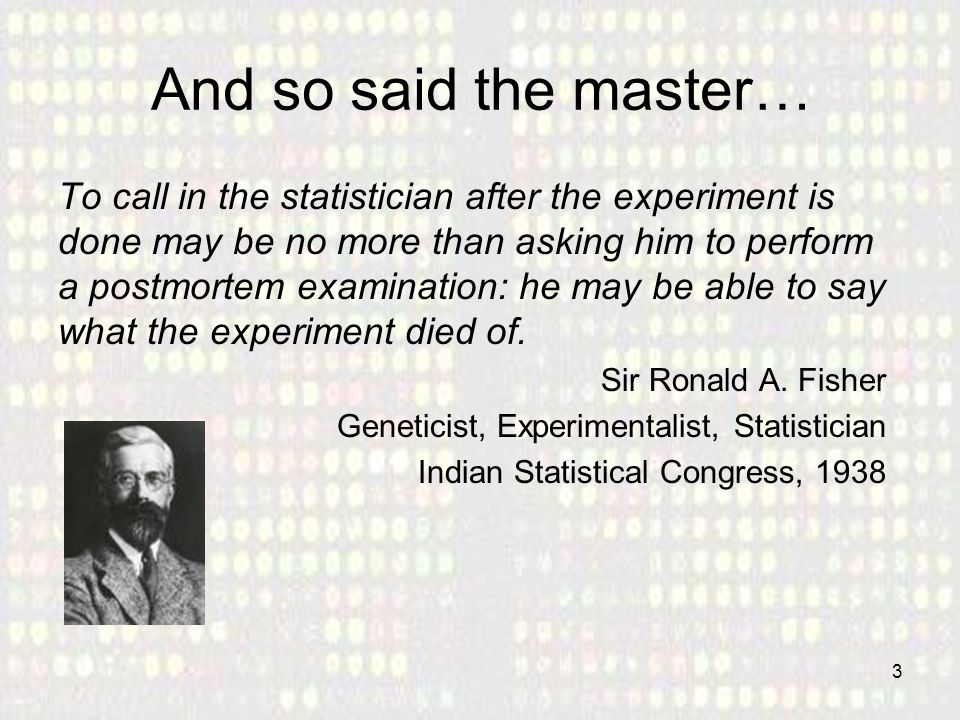
|
Inconsistent time points at which measurements are taken |
Correlation between measures taken at different time points become less meaningful |
A measure of limb functionality may be obtained from POD1 thru POD7, but a measure of postoperative pain may be obtained only up to POD1. |
|
Wrong measures obtained |
Analyses are much less meaningful |
Using the example directly above, it might be more meaningful not only to obtain postoperative pain through POD7 – but to obtain pain with a (specified) activity rather than pain at rest to correlate with functionality. |
|
Asking patients to do calculations |
Patients have their own postsurgical and other issues to worry about, hence the reliability and validity of their responses are limited |
Just as patients would not be asked to calculate their own BMIs, they should not be asked to do any ‘mental calisthenics,’ e.g., “Compared to a week ago, how would you rate your current pain?” |
|
Collecting data that are not in a ‘data dictionary’ |
This may confuse the statistician or data analyst who may then run inappropriate analyses |
A data analyst may not know that ketorolac is only given IV at some hospitals (thus only to inpatients). Here, ketorolac would not be included with other medications for post-discharge pain management. |
|
Missing values |
Statistical tests and estimates of effect are less precise and may even be biased. Statisticians and data analysts are reticent to impute values when more than, say, 5-10% are missing. |
Follow-up data may not be collected completely – either by the research assistants or by the subjects themselves. Thus it may be difficult or impossible to summarize total scores in an instrument. When it is known a priori that specific data are likely to be missing, statisticians can write in data imputation methods into the statistical analysis plan (SAP). |
|
Continuous v categorical variables |
Use of parametric v nonparametric analyses |
The Modified Brief q5 asks “In the last 24 hours, how much relief have pain treatments of medications provided?” Responses are available for the patient to circle from 0% (no relief) to 100% (complete relief) in 10% increments. Strictly speaking, this is not a continuous variable (e.g., patients do not/can not respond with 69%, etc.), yet this variable is probably analyzed as continuous. A better idea is probably to categorize the variable as < 50% v ≥ 50% relief. |
|
Parts v wholes |
Analyses could very well be double-dipping (similar to multiple comparisons) |
The OBAS q7 asks “How satisfied are you with your pain treatment during the past 24 h (0=not at all to 4=very much)?” Hence, it would be tempting to use this item to get at ‘satisfaction with anesthesia care.’ However, the OBAS total score is a summary of all 7 items derived by a particular algorithm, so using both OBAS q7 and the OBAS total score as separate analyses amounts to duplicity. |





